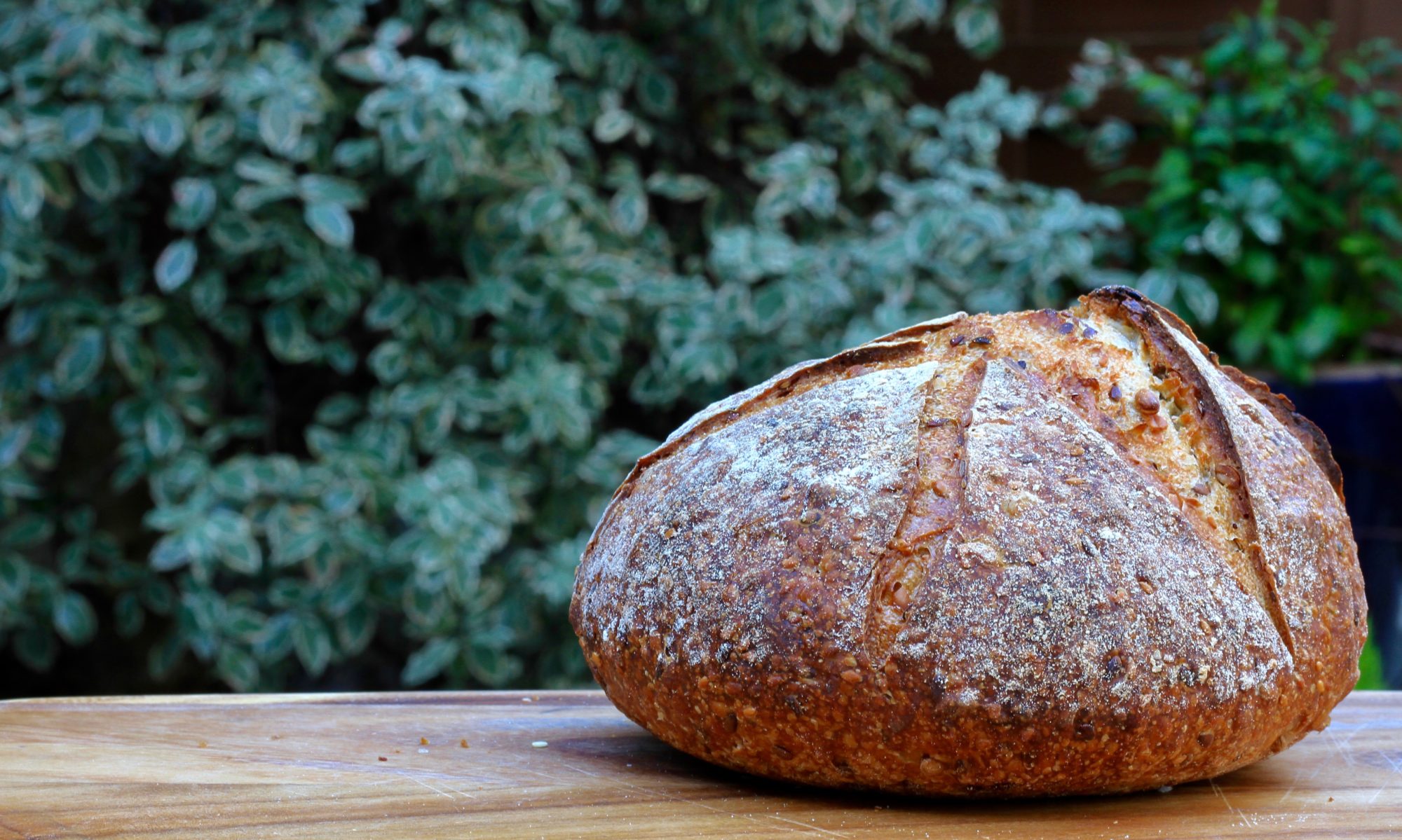Growing up in India meant that we always had homemade yoghurt. In those days one couldn’t even buy yoghurt in pots as we can do so easily today. Nothing wrong with the shop bought yoghurt, but I just love the wobbly, soft set quality of homemade yoghurt. Any self-respecting cook from India would be amused to see a recipe for homemade yoghurt, but I know it’s tricky to achieve good, consistent results in a relatively cold climate.
There is a lot of stuff online about how to get going, etc. but the long and short of it is that the culture. I have tried using a little of shop bought yoghurt to get my homemade version going, but it’s fraught with uncertain outcomes. I have also tried a multitude of brands and controlling the temperature to aid fermentation, but more often than not I would end up with a “sticky” yoghurt, which no one wanted to eat.
Success was achieved only when I got a really good starter from a friend, who had bought her culture from India (God bless her!). I have had that for a few years now, and when I moved from Singapore back to London, I carried some with me, and froze it, until I could start making my own yoghurt again. Am very happy to report that the end result has been reliably successful.

| Servings |
|
- 2 cups milk whole is preferable
- 1-2 teaspoons yoghurt use the smaller quantity when it's warm, and the larger when it's cold
- 1-2 tablespoons skimmed milk powder (optional; it yields a firmer set yoghurt) something I learned from Jamie Oliver
Ingredients
|

|
- Pour the milk into a saucepan and bring to a boil. This is key. Do not proceed to the next step without doing this. I don’t have a scientific reason for this, but the yoghurt just doesn’t set properly if you don’t boil the milk first.
- As soon as the milk comes up to the boil, turn down the heat and simmer the milk for 2-3 minutes. If you are adding skimmed milk powder, whisk it in now.
- Turn off the heat and let the milk cool.
- The milk must cool to lukewarm. I am sure there’s a way of checking the temperature with a thermometer, but the easiest way is to stick your little finger in, and it should be cool enough to hold it there for at least 10 seconds. You want the milk warm, not scalding, else the yoghurt will split. If you want to be scientific and use a thermometer, the temperature we are looking for is about 43C.
- Whisk in the starter and pour the milk into the bowl in which you want to set it.
- Cover the bowl and place in a warm spot. This is really important. Often in winter, I warm my oven for a few minutes and place the bowl in there AFTER switching it off.
- Start checking on the yoghurt after about 7 hours. If it still looks very fluid, give the oven another warm burst, so give it a boost. (As a guide, at 40C yoghurt should set within 4 hours).
- The yoghurt should set within 10 hours at the most. If it doesn’t it risks having an off flavour. At this stage it should still be a little wobbly.
- Store in the fridge, and it will continue to set a little more as it cools. Should be perfect for eating the next morning.
I use unhomogenised organic milk, as that’s what we use at home, but any whole milk is good. With unhomogenised milk a layer of set cream forms at the top (which may not be to everyone's liking). Homogenised milk, which is what is commonly available in supermarkets, won't have that.
I am not sure where in London you can get a good yoghurt culture/starter, but do ask around, and perhaps I can post you some, if you are super keen!
The key to good homemade yoghurt is to recognise 2 key aspects that affect fermented food:
- the ambient temperature where the yoghurt is kept to set, the warmer the it is, the less time it takes to set
- the sourness of the starter - the warmer the temperature, the less starter you need
A few attempts at making it, will give you a good feel, and it literally takes minutes. I like to make mine first thing in the morning, so that it sets by the evening, and I can start checking on it late afternoon.


